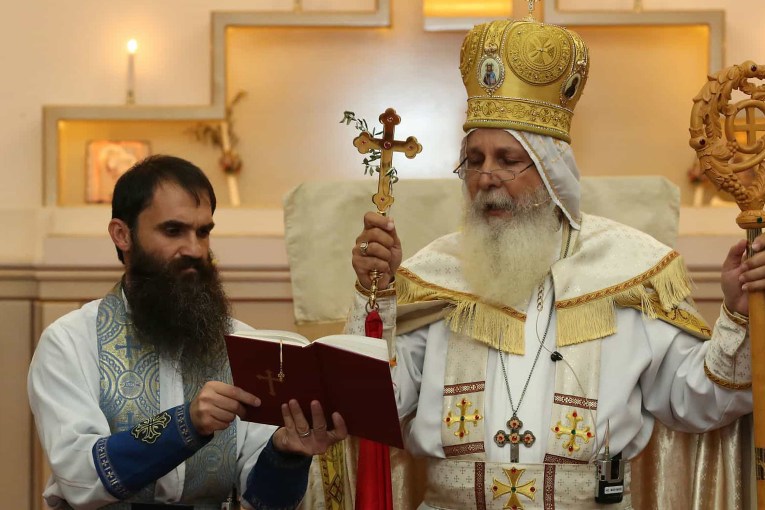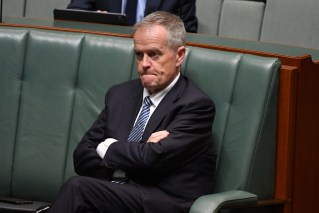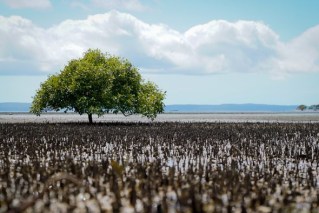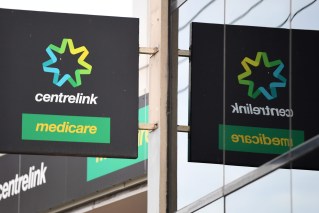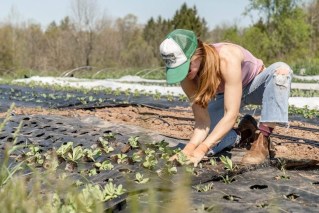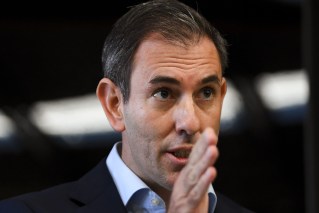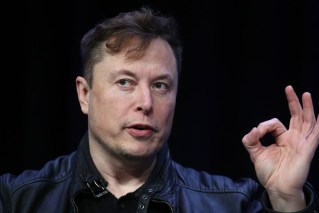Let it blow: Darling Downs becomes wind farm capital of Australia
AGL has finished the construction of Australia’s biggest wind farm at Coopers Gap – an $850m project between Dalby and Kingaroy – but it’s already set to lose the crown to a Darling Downs neighbour.

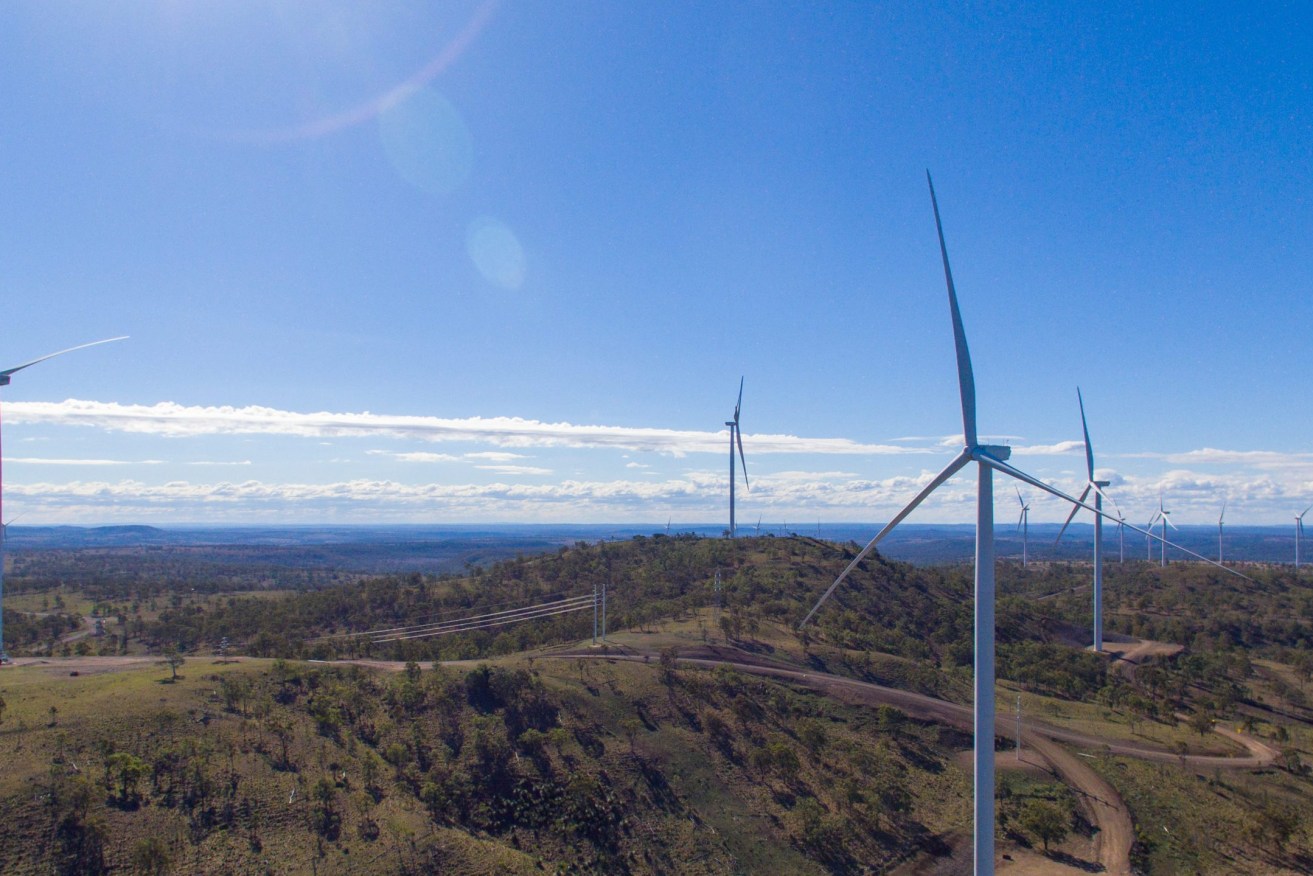
Too many nations are relying on reforestation as key planks in their carbon reduction plans.
The final blade has been installed on the 123rd turbine ending two years of development for the project. Commissioning of the 453-megawatt development has already started and when it is complete later this year it will have the capacity to generate enough electricity for 264,000 homes.
The crown of Australia’s biggest wind farm won’t last long. Just weeks ago, Acciona and the Queensland Government-owned CleanCo announced the development of a 1-gigawatt wind farm near Warwick.
The State Government expects Queensland will be generating about 20 per cent of its electricity from renewables this year and has a goal of 50 per cent and the Dalby region is quickly becoming a centre for renewable energy.
AGL Head of Construction Brian McEvoy said more than 1200 components were transported more than 300km from the Port of Brisbane over a mountain range to the Darling Downs site, where the giant turbines were assembled and erected.
“The scale of the achievement is underlined by the fact that each of the blades are more than 60 metres long, the nacelle housing the generating parts weighed 90 tonnes, and they were lifted more than 100 metres into the air hundreds of times to be fitted,” he said.
“About 200 people from the GE – Catcon consortium worked on site at the peak of construction work but this will wind down to about 20 once operations begin.”
McEvoy said 96 of the 123 turbines had been commissioned and 182 megawatts of power was being generated into the National Electricity Market as the wind farm gradually ramped up to full-capacity of 453 megawatts.
“We could not have got to this point without the strong support from all of our key stakeholders including the Queensland Government, the Western Downs and South Burnett regional councils, local landowners, the Australian Energy Market Operator and Powerlink Queensland,” McEvoy said.
“It’s satisfying to reach this important milestone knowing we’ve done it safely and by supporting the community in which we are located by focusing much of our spending on local businesses and contractors.”
